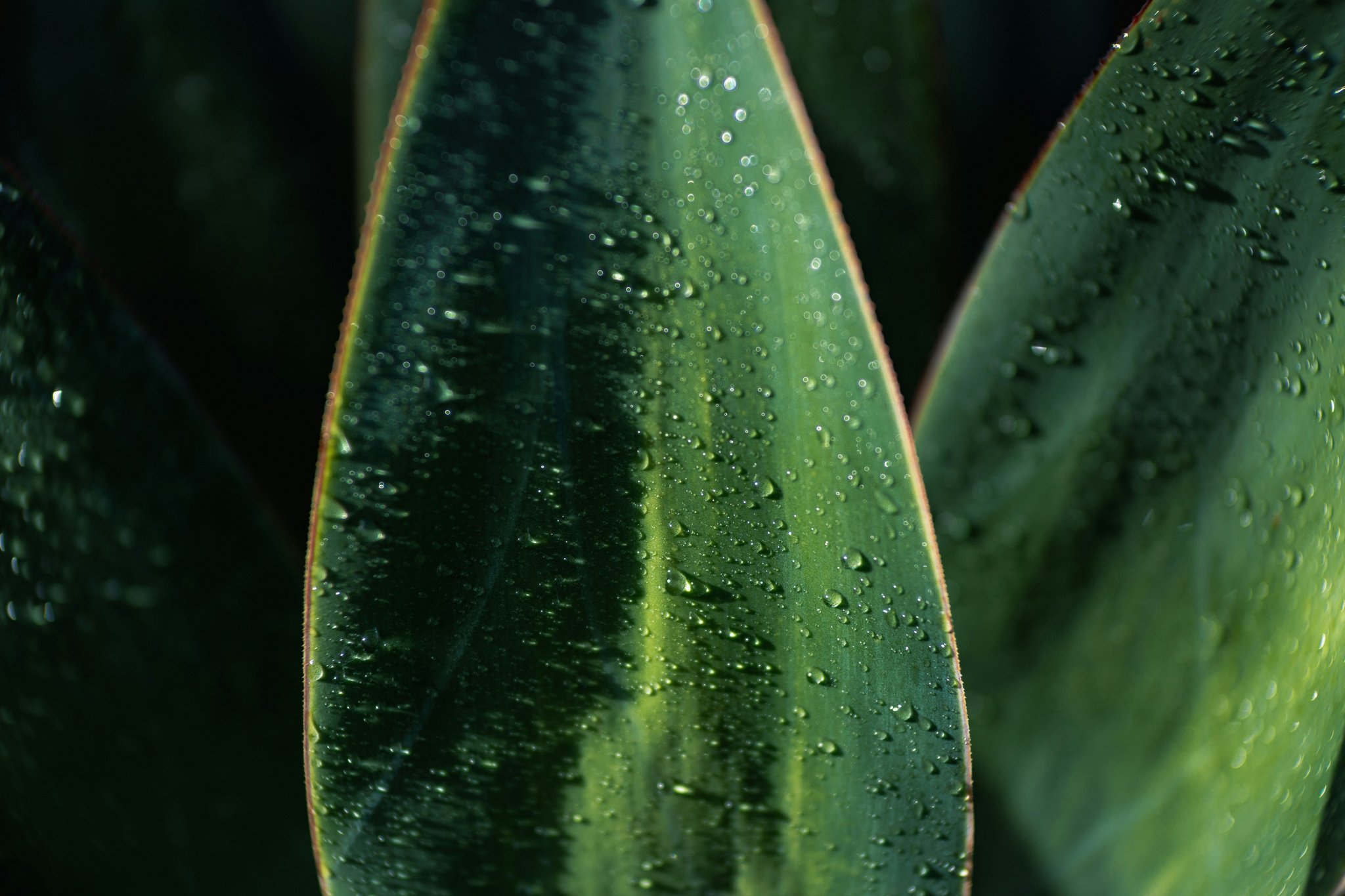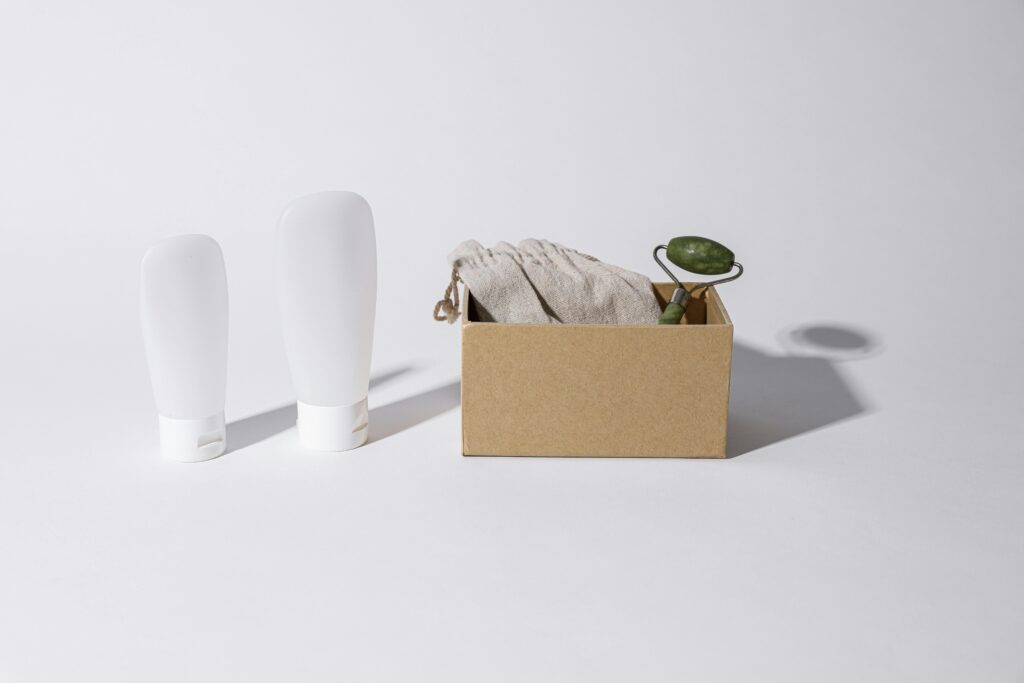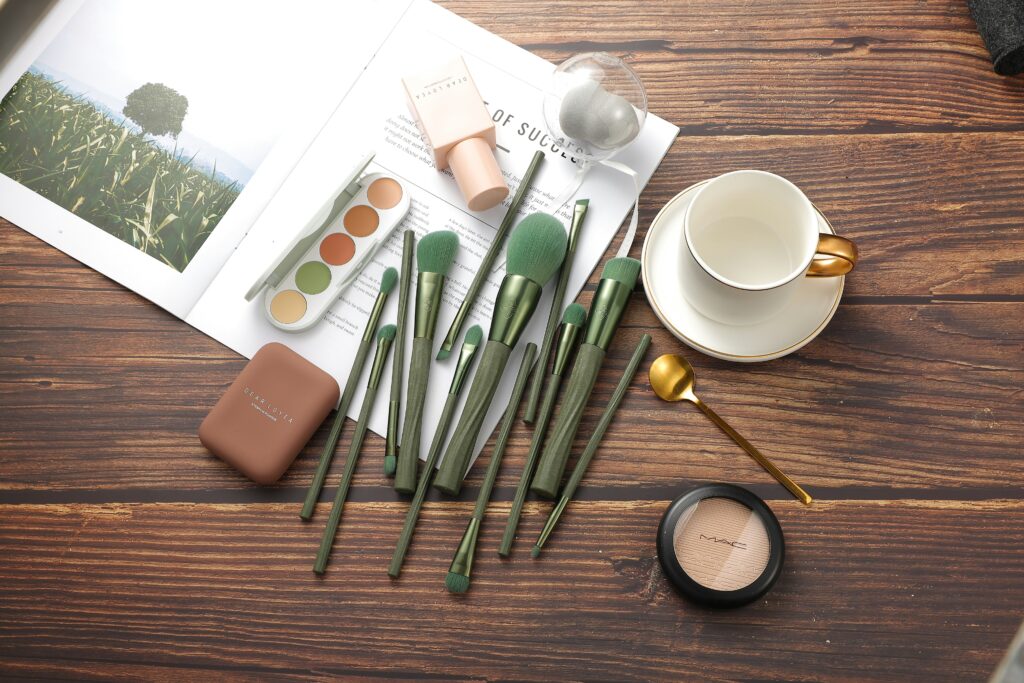Ever slathered on your go-to moisturizer, only to break out like it’s prom night all over again? Or worse—found out your favorite cream is packed with nasties your skin didn’t sign up for?
If you’re nodding along (or cringing because yes, that was me too), welcome! Today we’re diving into eco-safe moisturizers, why they matter, and how you can find the perfect organic match for your skin. Spoiler: It’s not just about saving the planet—it’s about saving *you* from skincare disasters.
You’ll learn:
- The truth behind eco-safe moisturizers and their benefits
- A step-by-step guide to picking the right organic moisturizer
- Tips and tricks to maximize their effectiveness
Table of Contents
- Key Takeaways
- Why Your Skin Needs an Eco-Safe Moisturizer
- Step-by-Step Guide to Choosing the Perfect Eco-Safe Moisturizer
- Pro Tips for Using Organic Moisturizers Effectively
- Real-Life Glow-Ups with Eco-Safe Moisturizers
- Frequently Asked Questions About Eco-Safe Moisturizers
Key Takeaways
- Eco-safe moisturizers are free from harmful chemicals and better for both your skin and the environment.
- Choosing the right formula means understanding labels, ingredients, and your skin type.
- Natural doesn’t always mean effective—watch out for marketing buzzwords!
Why Your Skin Needs an Eco-Safe Moisturizer
Let’s talk about what “eco-safe” actually means in the beauty world. No, it’s not just a trendy label slapped onto bottles hoping to score green points. An eco-safe moisturizer is made with responsibly sourced, natural ingredients that avoid synthetic additives, parabens, sulfates, and other questionable compounds.
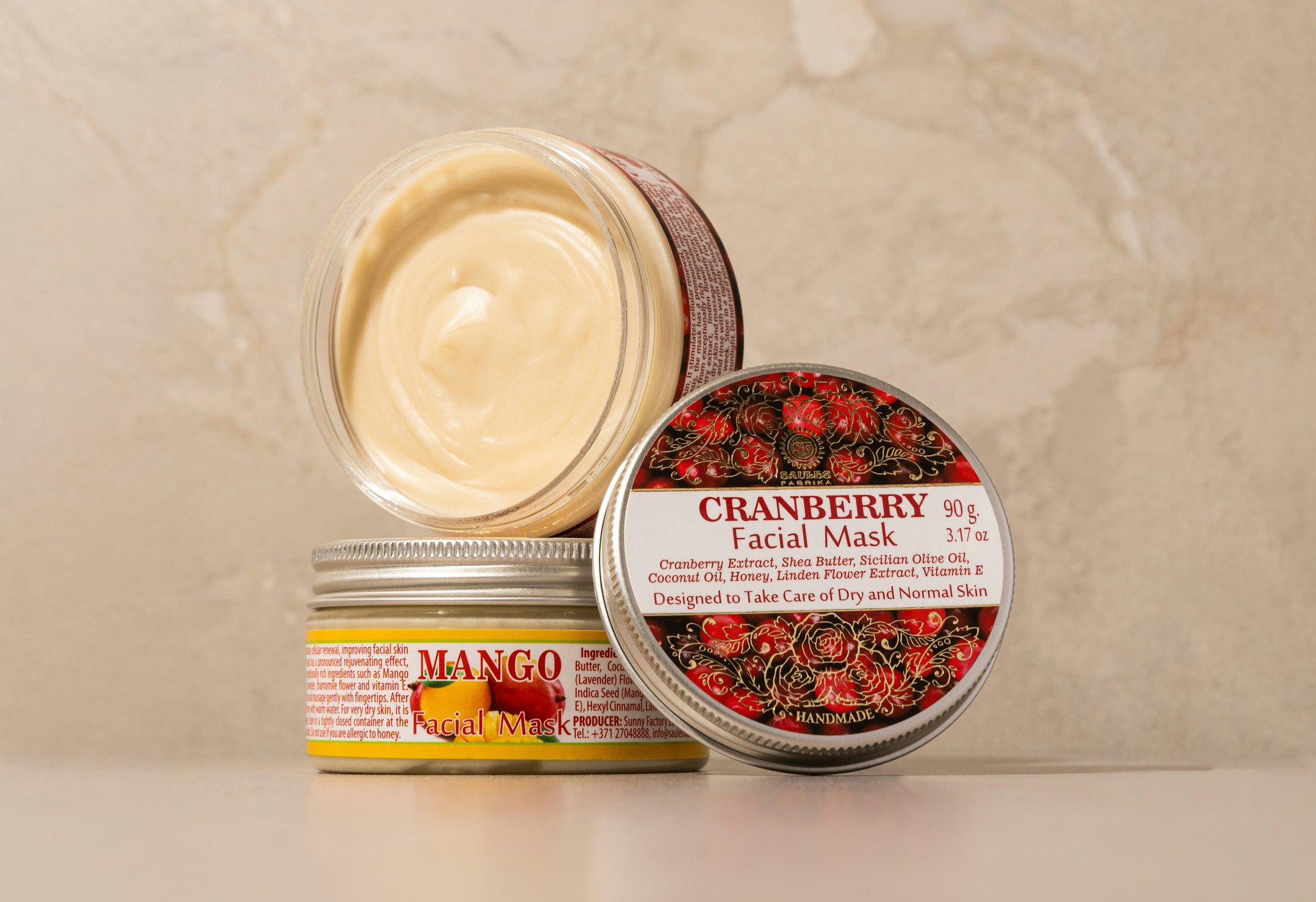
Here’s the brutal honesty part: Many conventional moisturizers boast fancy packaging but hide harsh ingredients inside. Remember that one time I blindly bought a “natural glow” lotion because Beyoncé herself could’ve endorsed it—and ended up looking like an oily pizza? Yeah, my bad.
Optimist You: “But aren’t these products more expensive?”
Grumpy Me: “Ugh, fine—but cheaper isn’t worth it if you’re feeding your face toxins.”
Step-by-Step Guide to Choosing the Perfect Eco-Safe Moisturizer
Step 1: Read the Label Like a Detective
When shopping for an eco-safe moisturizer, channel your inner Sherlock Holmes. Look for certifications like USDA Organic, Ecocert, or Leaping Bunny—they guarantee legit organic claims. Avoid anything with “fragrance” as an ingredient unless specified as natural fragrance.
Step 2: Match Ingredients to Your Skin Type
Different skins, different needs! For dry skin, seek shea butter or hyaluronic acid. Oily folks might prefer lightweight options like jojoba oil. Combination skin? Try something balanced with aloe vera. Trust me; random guessing won’t cut it here.
Step 3: Consider Packaging Too
Plastic tubes? Nah. Glass jars or recyclable materials? Chef’s kiss. Ethical brands care about minimizing waste, so supporting sustainable packaging makes you an eco-hero.
Pro Tips for Using Organic Moisturizers Effectively
- Patch test first: Even natural stuff can irritate sensitive skin.
- Layer wisely: Apply after cleansing and toning when your skin’s ready to absorb goodness.
- Store properly: Natural ingredients can spoil faster than your willpower around chocolate cake. Keep them cool and dark!
Real-Life Glow-Ups with Eco-Safe Moisturizers
Meet Sarah, a skincare enthusiast who switched to an Australian brand known for its certified organic line. Within weeks, her stubborn eczema flared less frequently thanks to the calming effects of calendula extract. True story—it’s like magic…but science.
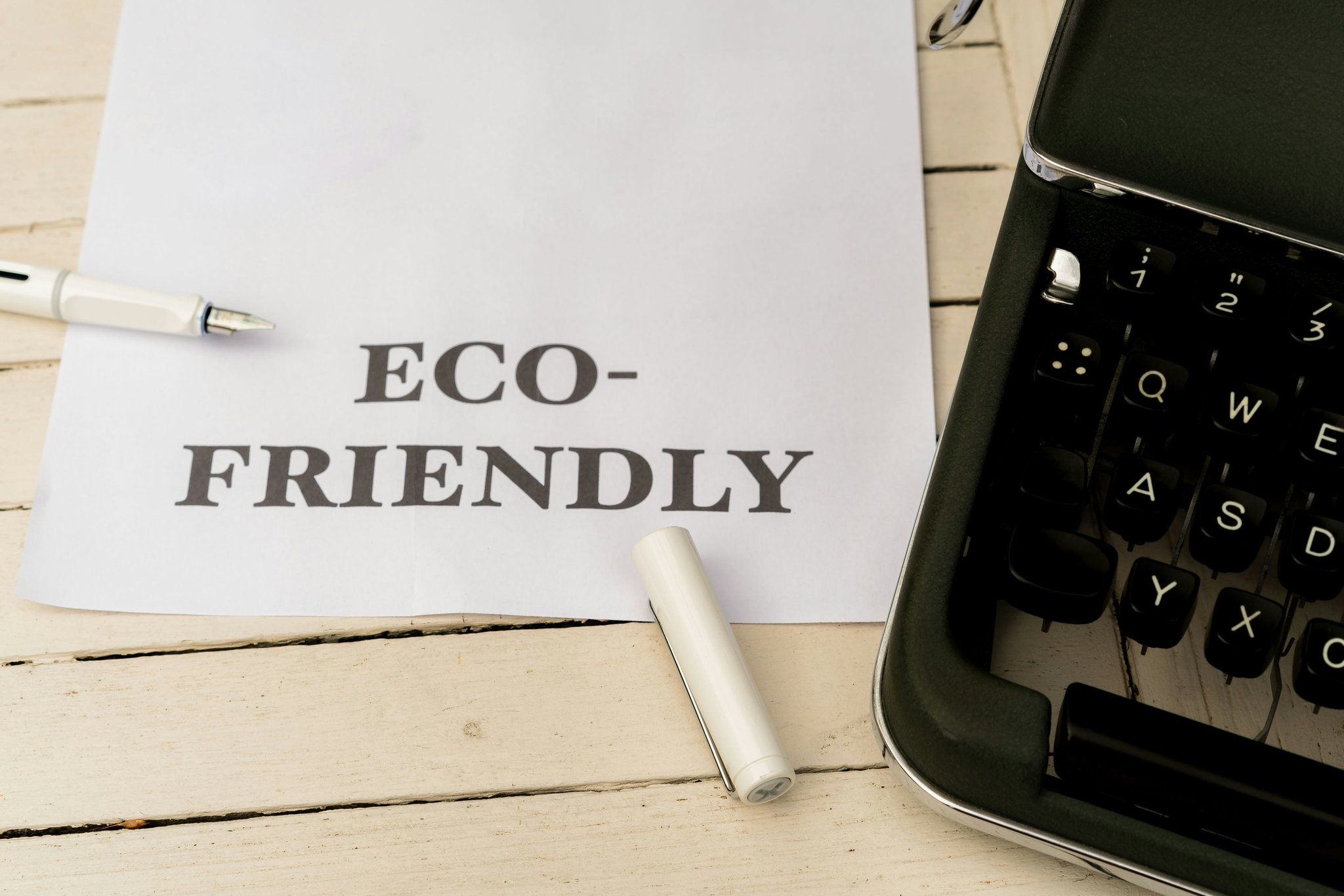
(Image description: A split comparison of dull vs radiant complexion achieved using eco-safe methods.)
Frequently Asked Questions About Eco-Safe Moisturizers
Are eco-safe moisturizers really better for sensitive skin?
Yes! Fewer chemicals = fewer chances of irritation. Just patch-test to be safe.
Do they work as well as chemical-laden alternatives?
Absolutely—if formulated correctly. Science backs plant-derived actives like vitamin C and retinol esters!
Is “natural” synonymous with “organic”?
Nope. Natural refers to origin, whereas organic ensures no pesticides were used during growth. Always check those labels.
Conclusion
Incorporating an eco-safe moisturizer into your routine isn’t just good for Mother Nature—it’s essential for maintaining healthy, happy skin. By following this guide, you’ll dodge toxic traps and upgrade your glow game sustainably. Now tell me, isn’t that worth swapping out your old bottle?
And remember:
Skin glows bright, Eco-safe shines true, Green beauty saves Earth (and YOU).
